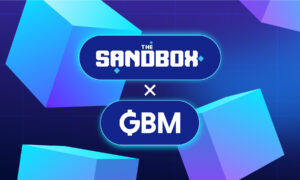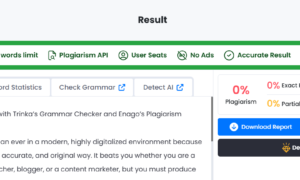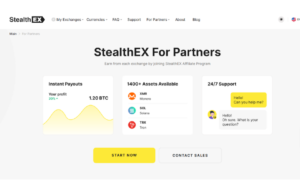According to the most recent analysis by Emergent Research, the size of the worldwide metaverse market is anticipated to reach USD 1,607.12 billion in 2030 and see a revenue CAGR of 43.3% over the projected period. This is primarily due to the rising demand for advanced gaming and entertainment experiences, as well as the increasing adoption of virtual reality (VR) and augmented reality (AR).
With the rise of Blockchain technology, web 3.0, and virtual reality, a new era of digital marketplaces is emerging. These marketplaces, known as metaverse markets, are designed to provide a more immersive and interactive experience for users.
Metaverse markets are different from traditional online marketplaces in that they allow users to interact with each other in a virtual environment. This allows for a more personal and intimate experience, as well as the ability to see products and services in a 3D environment.
Metaverse will bring human beings closer to the future of Web3, where artists and developers can create their virtual world and economy. The Metaverse takes the form of a 3D virtual space that is generated by blockchain technology. In this space, users can create avatars, buy virtual property, trade digital assets, and exchange value through a decentralized network.
The Metaverse market is a place where artists and developers can sell their creations, and users can buy them with Metaverse tokens. The market will be open to all creators, and the prices will be set by the creators themselves. The Metaverse market will be a safe and secure place to buy and sell virtual assets, and it will be a great way for artists and developers to monetize their work. As the metaverse markets continue to grow and mature, they are likely to have a major impact on the way we buy and sell products and services online. And they could even revolutionize the way we interact with each other in the digital world.
The metaverse market report also highlights the growing trend of social media platforms incorporating virtual worlds and simulations to provide users with a more immersive experience. For instance, in February 2021, Facebook announced the beta launch of its VR world called Horizon. This social VR platform allows users to interact with each other in a virtual space and create their avatars, environment, and experiences.
Moreover, the report cites the increasing investment by key players as another major factor driving the market growth. For instance, in September 2020, Microsoft Corporation announced an investment of USD 740 million in the development of its Azure cloud-based platform for gaming and other immersive experiences. This investment is expected to help the company expand its reach in the market.
Some Key Highlights From the Report
The hardware segment accounted for a relatively larger revenue share in 2021 due to the presence of a large number of hardware vendors in the metaverse market landscape. The number of players operating in the metaverse market is anticipated to increase in the coming years, owing to the growing demand for VR and AR technologies.
Avatar segment revenue is expected to expand at a rapid CAGR over the forecast period due to the increasing popularity of metaverse platforms and the growing demand for digital avatars. The avatar segment is expected to be driven by the rising popularity of metaverse platforms, such as Second Life, IMVU, and Decentraland. These platforms allow users to create and own their digital avatars, which can be used to interact with other users in the virtual world. The increasing popularity of these platforms is expected to drive the growth of the avatar segment over the forecast period.
Facebook, Inc., Tencent Holdings Ltd., ByteDance Ltd., NetEase, Inc., Nvidia Corporation, Epic Games, Inc., Roblox Corporation, Unity Technologies, Inc., Lilith Games, and Nextech AR Solutions Corp. are a few of the important businesses mentioned in the global market study.



































